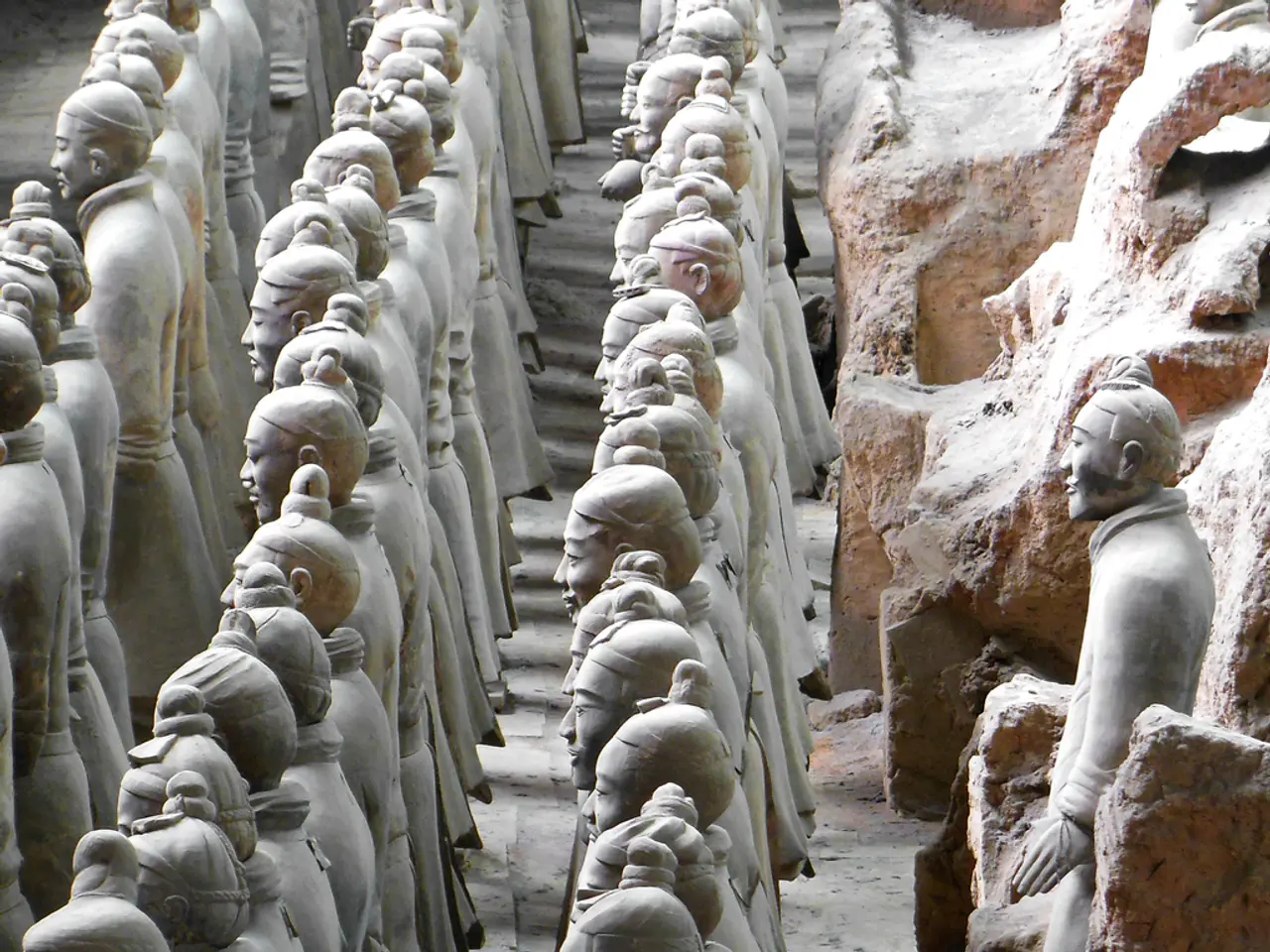Partnering with the might of the natural world
In the face of intensifying volcanic activity in Iceland, a team of MIT professors and researchers are embarking on a groundbreaking project to understand and manipulate lava flows. The research, led by Jih and Tibbits, aims to explore what shapes and materials can be used to interact with lava and divert it from habitats or critical infrastructure.
The project is supported by a Professor Amar. G. Bose Research Grant and includes the expertise of senior lecturer in the Department of Architecture at MIT, Cristina Parrenño Alonso. Her extensive knowledge of volcanic rock has earned her a place on the research team.
As Iceland experiences seven volcanic eruptions in its southern peninsula over the past year, the team is preparing to travel to southwest Iceland. They plan to build and place lightweight, easily deployable steel structures near the volcano to study lava flows. These structures are V-shaped, allowing them to guide lava flows around them, or they can be reconfigured as ramps or tunnels.
Parrenño Alonso has been working with molten basalt and proposes using molten rock as a substitute for concrete in the research. She sees potential for generating landscapes or parks from the interaction with lava. The research team views the structures in the field as an initial intervention and plans to develop new iterations for critical infrastructure in areas with active volcanoes.
The steel structures have already been tested at MIT's Metals Lab and constructed in Iceland. However, other engineering efforts are underway to protect vulnerable areas. The Icelandic Department of Civic Protection and Emergency Management, along with an engineering group, EFLA, are currently diverting lava with massive berms made from earth and stone.
The research led by Tibbits and Jih aims to find more strategic interventions to work with the lava, rather than fight it. Sigurdur Thorsteinsson, chief brand, design, and innovation officer of the Blue Lagoon, which was affected by a 2024 volcanic eruption, expresses the value of the research for volcanic regions with densely populated areas, such as Italy, Hawaii, and Japan.
As the team prepares to travel to Iceland, their research offers a promising approach to mitigating the impact of volcanic eruptions on communities and infrastructure. By understanding and manipulating lava flows, they hope to create innovative solutions that can protect and even enhance the landscapes affected by these natural phenomena.
Read also:
- Peptide YY (PYY): Exploring its Role in Appetite Suppression, Intestinal Health, and Cognitive Links
- Toddler Health: Rotavirus Signs, Origins, and Potential Complications
- Digestive issues and heart discomfort: Root causes and associated health conditions
- House Infernos: Deadly Hazards Surpassing the Flames








